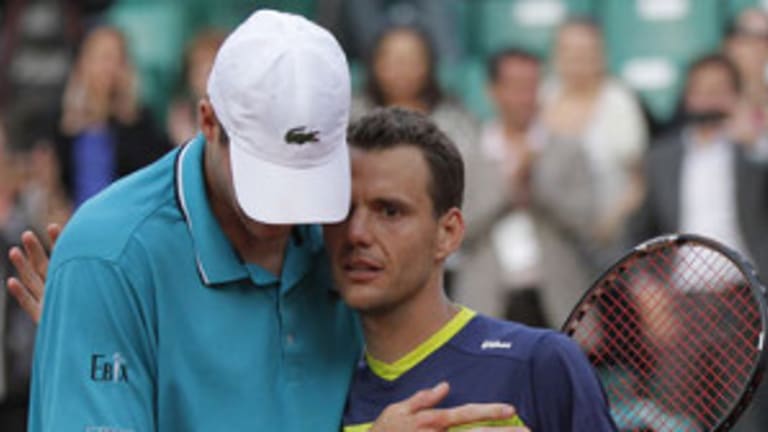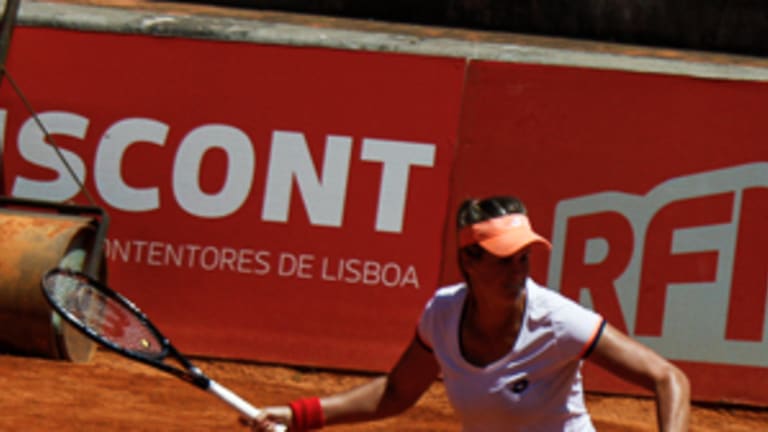...has to go. I freely admit that I’ve had a late-life change of heart on this one, and it’s one of those rare instances where that heart has gotten softer rather than harder. I like tradition, but I also believe it’s insane to force players in this era to continue playing what is usually already a four- or five-hour match until someone gets that extra service break.
Defenders of the practice like to cite tradition, as well as the lore and legend of the game, but it just seems to me a capricious and gratuitous clinging to the past. Apart from all else, if the tiebreaker is good enough to decide sets one through four, why is it not good enough to decide the fifth? Isn’t just as much on the line in a fourth-set tiebreaker for a guy who leads two sets to one as it is in the fifth?
And finally, is a 12-10 fifth-set scoreline really that much more impressive than 7-6 (12-10)? I would contend that an equal if not greater amount of pressure was handled in the latter.
...even if it is a useful, common technique with which every player must be conversant. Sliding is purely situational, but many players fall into the habit of sliding left and right because they’re playing passive, labrador-retriever tennis. It isn’t because they are “clay-court specialists” of the highest order. It’s sometimes because they’re lazy sacks of you-know-what and either don’t have or won’t employ the kind of nimble footwork possessed by the great ones.
It helps to think counter-intuitively about sliding on clay. It’s a lot like sliding on ice; if you’re an adult, you don’t really want to do it unless you must. On the other hand, any kid can tell you that it’s impossible to look at a sheet of ice and not want to take run and slide on it. That’s how clay affects some pros.
Whole threads on geek boards have been dedicated to resolving the issue of who has the best, most awesomely slide on clay, and the answer—correctly, I think—is Gael Monfils. On the WTA side, I’ll go with Jelena Jankovic, although I have high hopes for Dominika Cibulkova.
Of course, Monfils has never won Roland Garros, while sliding refusenik Jim Courier carried off the title twice. Too, Monfils is a showman who often seems to prefer hitting the amazing shot to winning the point. That’s alright; who doesn’t love watching the guy fling himself around? But it just underscores that you can’t slide your way to success.
That said, watching the well-executed, obligatory slide—think Nadal, sliding to a drop shot retrieve—is a thing of beauty. Novak Dokovic sliding on hard courts? Not so much. It leaves my wincing in sympathy with his joints.
The best slide I can think of belonged to Emilio Sanchez (brother of Aranxta), who would skim along the clay for 20 feet, chin up and chest thrust forward as if he were the figurehead on a sailing ship.


